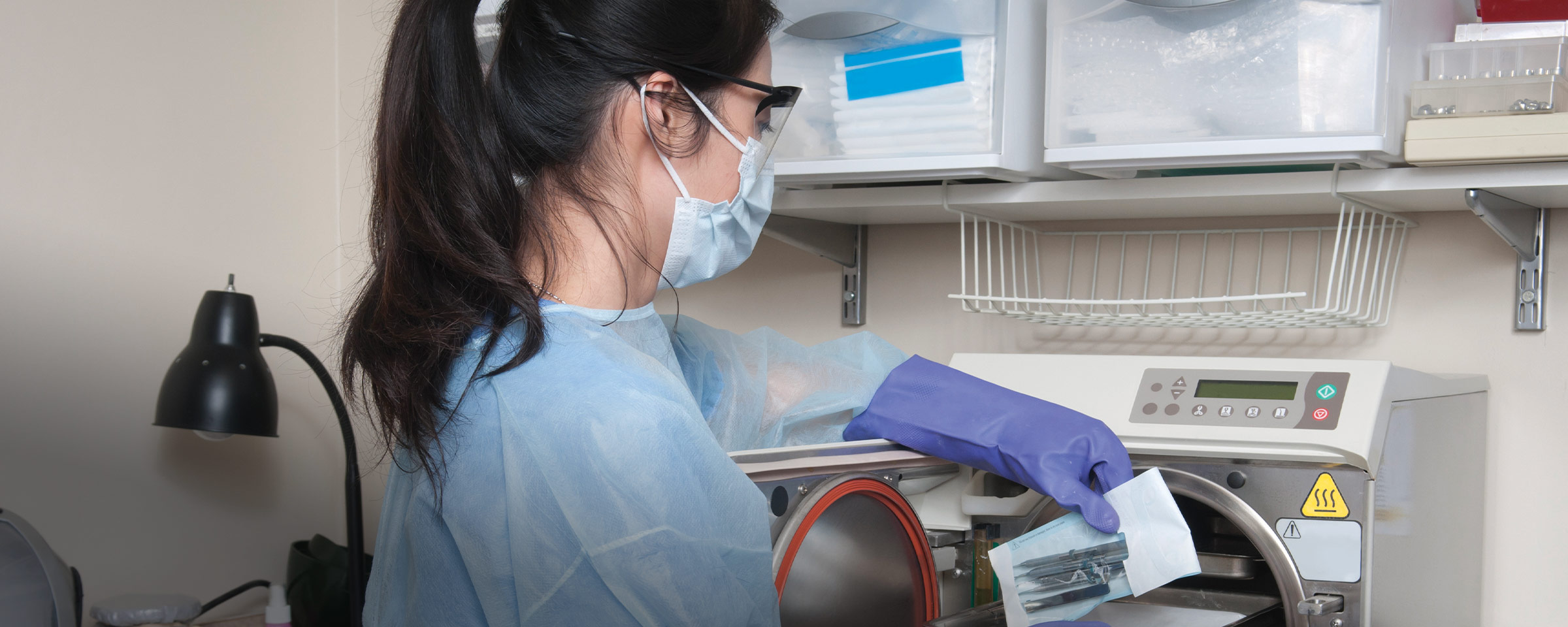Becoming a Licensed Practical Nurse (LPN) is a rewarding way to enter the healthcare field quickly and make a real difference in patients’ lives. As the demand for skilled nursing professionals continues to grow in Canada and worldwide, the LPN role offers a practical and accessible way to enter the nursing profession.
LPNs work on the front lines of healthcare, offering essential support to doctors and registered nurses, and providing hands-on care to patients in hospitals, nursing homes, clinics, and private homes.
This guide will walk you through everything you need to know to become an LPN, including the steps, qualifications, programs, certifications, and career paths.
Whether you’re a high school student exploring career options or someone considering a mid-career switch, this guide is your roadmap.
What is a Licensed Practical Nurse (LPN)?
A Licensed Practical Nurse (LPN), also known as a Registered Practical Nurse (RPN) in some Canadian provinces, provides basic nursing care under the supervision of Registered Nurses (RNs) and physicians. LPNs play a crucial role in the healthcare system by assisting patients in hospitals, nursing homes, clinics, and community settings.
Key Responsibilities:
- Monitoring patient health
- Administering medications
- Assisting with personal hygiene and mobility
- Recording vital signs
- Providing emotional support to patients and families
Steps to Become an LPN
1. Complete High School or Equivalent
The first step is obtaining a high school diploma or equivalent (e.g., GED). Focus on science subjects such as biology and chemistry, as they lay the foundation for future nursing courses.
2. Research Accredited LPN Programs
Look for government-recognized and provincially approved nursing programs. You can find LPN programs at community colleges, vocational schools, and technical institutes.
3. Meet the Admission Requirements
Each school has different entry criteria, but common requirements include:
- High school diploma or equivalent
- Minimum GPA (usually around 2.5)
- English language proficiency (for international students)
- Basic CPR or First Aid certification
- Entrance exams such as the TEAS (Test of Essential Academic Skills) in some provinces
4. Enroll in a Practical Nursing Program
These programs typically last 1–2 years and include a mix of classroom learning and clinical experience.
Core Subjects Covered:
- Human anatomy and physiology
- Pharmacology
- Mental health nursing
- Pediatric and geriatric care
- Nursing ethics and law
5. Complete Clinical Training
Clinical placements in hospitals, long-term care facilities, or clinics are mandatory. This is where students gain hands-on experience under professional supervision.
6. Pass the Canadian Practical Nurse Registration Exam (CPNRE)
After completing your program, you must pass the CPNRE to become licensed. The exam assesses your knowledge and readiness to practice safely.
7. Apply for Licensure
Once you pass the CPNRE, you must apply for licensure with your provincial regulatory body (e.g., CNO in Ontario, BCCNM in British Columbia).
8. Start Working as an LPN
With your license in hand, you can start applying for jobs in hospitals, clinics, home care agencies, schools, or public health organizations.
9. Maintain Your License
LPNs must participate in ongoing professional development and renew their licenses periodically, often every 1–2 years.
Why Choose an LPN Career?
Benefits of Becoming an LPN:
- Shorter Training Time: Most LPN programs, including the nursing diploma for LPNs, can be completed in 12 to 24 months.
- High Demand: Aging populations and increased healthcare needs are creating more opportunities.
- Steady Income: The average LPN in Canada earns between CAD $50,000–$65,000 annually.
- Career Progression: LPNs can further their education to become RNs or specialize in areas such as geriatrics or pediatrics.
Licensed Practical Nurse Qualifications
To succeed as an LPN, you’ll need both educational and personal qualifications:
Educational:
- High school diploma or equivalent
- Completion of an accredited LPN program
- Successful completion of CPNRE
Personal:
- Empathy and strong communication skills
- Physical stamina for long shifts
- Problem-solving and decision-making abilities
- Attention to detail
LPN Program Requirements in Canada
Typical Program Structure:
| Course Name | Duration | Key Skills Gained |
| Anatomy & Physiology | 6–12 weeks | Understanding of human body systems |
| Pharmacology | 6–8 weeks | Medication administration knowledge |
| Health Assessment | 4–6 weeks | Patient monitoring & diagnostic skills |
| Clinical Nursing Practices | Ongoing | Real-world patient care experience |
| Mental Health Nursing | 4–6 weeks | Support for psychological disorders |
Career Pathways for LPNs
The LPN career path offers flexibility and room for growth. After gaining experience, you may pursue:
- Specializations: Pediatrics, geriatrics, palliative care
- Bridge Programs: LPN to RN or LPN to BSN (Bachelor of Science in Nursing)
- Leadership Roles: Charge nurse or team leader in long-term care
- Further Education: Advanced diplomas in wound care, IV therapy, etc.
Where Can LPNs Work?
- Hospitals
- Long-Term Care Facilities
- Home Healthcare Services
- Community Health Clinics
- Schools and Educational Institutions
LPNs are needed in both urban centers and remote communities. Their role is crucial in providing accessible healthcare.
Job Outlook and Salary Trends in 2025
According to the Government of Canada Job Bank:
- Job Growth: The LPN profession is expected to grow by 10% by 2030.
- Average Salary: $25–$35/hour depending on location and experience.
- In-demand Provinces: Alberta, British Columbia, Ontario, and Manitoba
Tips for Succeeding in Your LPN Career
1. Build a Strong Support Network
Join nursing associations and connect with mentors to gain insights and guidance.
2. Stay Current with Certifications
Continuing education is critical. Consider certifications in CPR, dementia care, and IV therapy.
3. Focus on Soft Skills
While clinical skills are essential, compassion, patience, and communication are equally important.
4. Use Technology
Stay updated with digital tools for charting, medication administration, and patient management.
Challenges in the LPN Profession
1. Physically Demanding Work
Lifting patients and standing for long hours can be taxing.
2. Emotional Stress
Caring for terminally ill patients or working night shifts can take an emotional toll.
3. Limited Scope of Practice
LPNs have a narrower scope than RNs, which can limit some responsibilities.
International Students: How to Become an LPN in Canada
Steps:
- Evaluate your academic credentials through a recognized assessment service.
- Meet English/French language proficiency requirements.
- Enroll in a bridging program if needed.
- Complete an LPN program and pass the CPNRE as part of the nursing certification process.
Visa and Work Permits
Ensure you apply for a study permit and, after licensure, a work permit if needed.
LPN vs RN: What’s the Difference?
| Feature | LPN | RN |
| Education Duration | 1–2 years | 4 years (Bachelor’s degree) |
| Salary Range | $50,000–$65,000 | $70,000–$100,000+ |
| Scope of Practice | Basic patient care | Advanced diagnostics, treatment |
| Career Options | Limited specializations | Wide range of specializations |
Tools and Resources
- Canadian Nurses Association (CNA): https://www.cna-aiic.ca
- National Nursing Assessment Service (NNAS): https://www.nnas.ca
- Canadian Practical Nurse Registration Exam (CPNRE): https://cpnre.ca
Final Thoughts
Becoming a Licensed Practical Nurse is a meaningful and practical way to enter the healthcare profession. With short training periods, high demand, and diverse opportunities, the LPN path offers both stability and growth.
Whether you’re just starting your journey or looking to transition careers, now is the perfect time to explore this essential role in nursing. Your compassion, care, and commitment can make a lasting difference in patients’ lives.
Frequently Asked Questions
- What are the basic qualifications needed to become an LPN?
To become an LPN, you typically need a high school diploma or GED, and then complete a state-approved LPN program. Most programs also require CPR certification and background checks. These qualifications help ensure readiness for clinical training and licensure exams.
- How long does it take to become a Licensed Practical Nurse?
Most LPN programs take around 12 to 18 months to complete, depending on the institution and whether you’re studying full-time or part-time. After the program, you must pass the NCLEX-PN exam to earn licensure.
- Do I need a degree or diploma to become an LPN?
You don’t need a degree. Most LPNs earn a nursing diploma or certificate from an accredited vocational school or community college. These programs focus on practical, hands-on nursing skills rather than general academics.
- Is there an entrance test for LPN programs?
Many LPN programs require entrance exams such as the TEAS (Test of Essential Academic Skills) to assess your readiness in subjects like math, science, and English. Some institutions may waive it based on GPA or prior education.
- What is the difference between an RN and an LPN?
LPNs handle basic patient care like monitoring vitals, administering medication, and assisting with hygiene. RNs have a broader scope of practice, perform assessments, develop care plans, and often supervise LPNs. RNs also require more education.
- How much do LPNs typically earn?
As of recent data, Licensed Practical Nurses in Canada and the U.S. earn between $45,000 to $60,000 annually, depending on experience, location, and facility type. Specializations or night shifts can also increase earnings.
- What subjects are taught in an LPN program?
LPN programs cover subjects like anatomy and physiology, pharmacology, nursing fundamentals, mental health nursing, and clinical practice. Students also get real-world training in patient care settings through supervised internships.
- Can international students become LPNs in Canada or the U.S.?
Yes, international students can enroll in approved LPN programs, but they must meet visa requirements and often prove English proficiency (e.g., IELTS or TOEFL). After graduation, they can take the NCLEX-PN to apply for licensure.
- What is the NCLEX-PN and why is it important?
The NCLEX-PN is the National Council Licensure Examination for Practical Nurses. Passing this exam is essential to obtain your LPN license and legally practice nursing. It tests your knowledge in areas like safe care, pharmacology, and health promotion.
- What are the career growth opportunities after becoming an LPN?
LPNs can move into specialized roles like IV-certified LPN, surgical technician, or charge nurse. Many also pursue further education to become Registered Nurses (RNs) or even Nurse Practitioners (NPs) through bridge programs.



